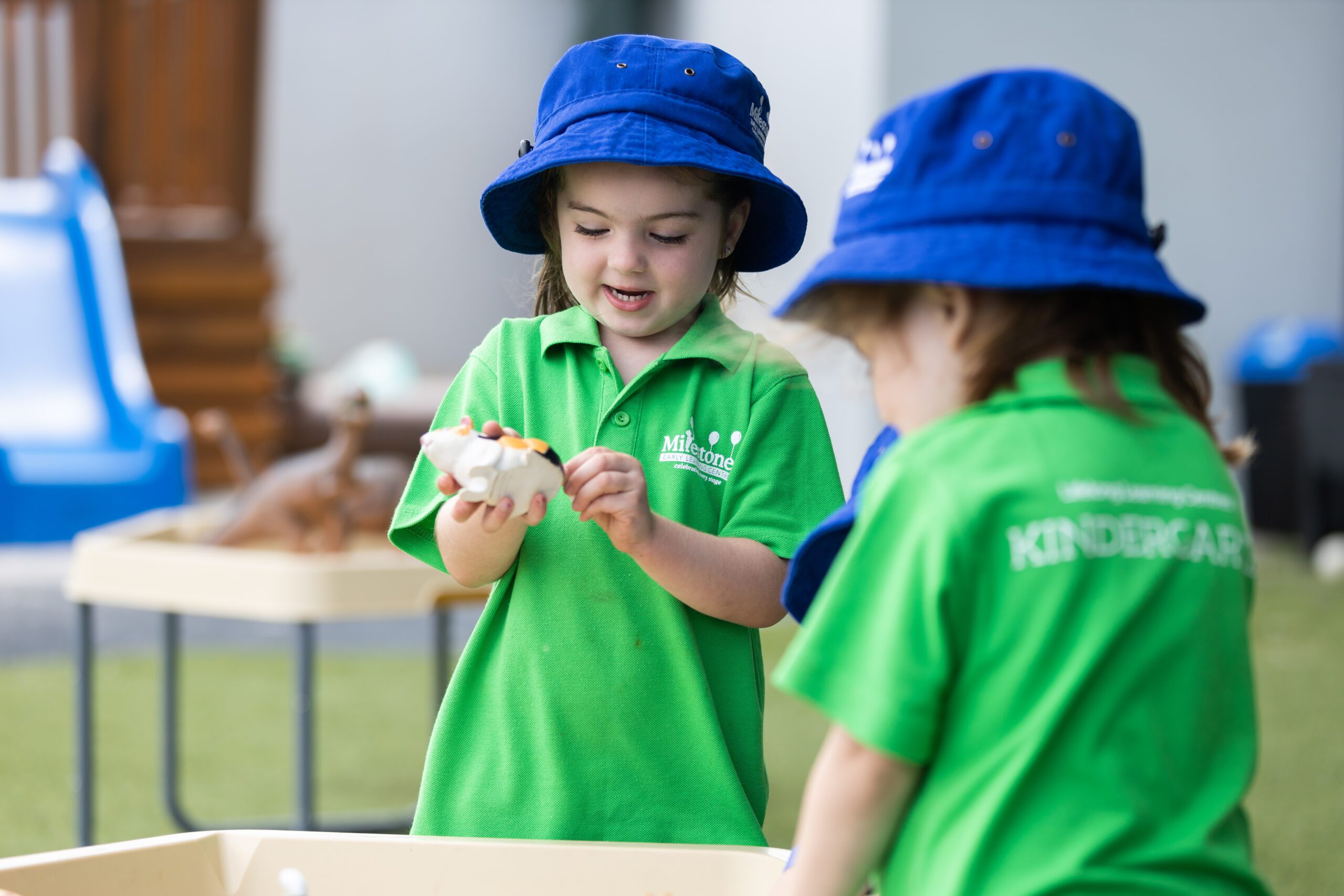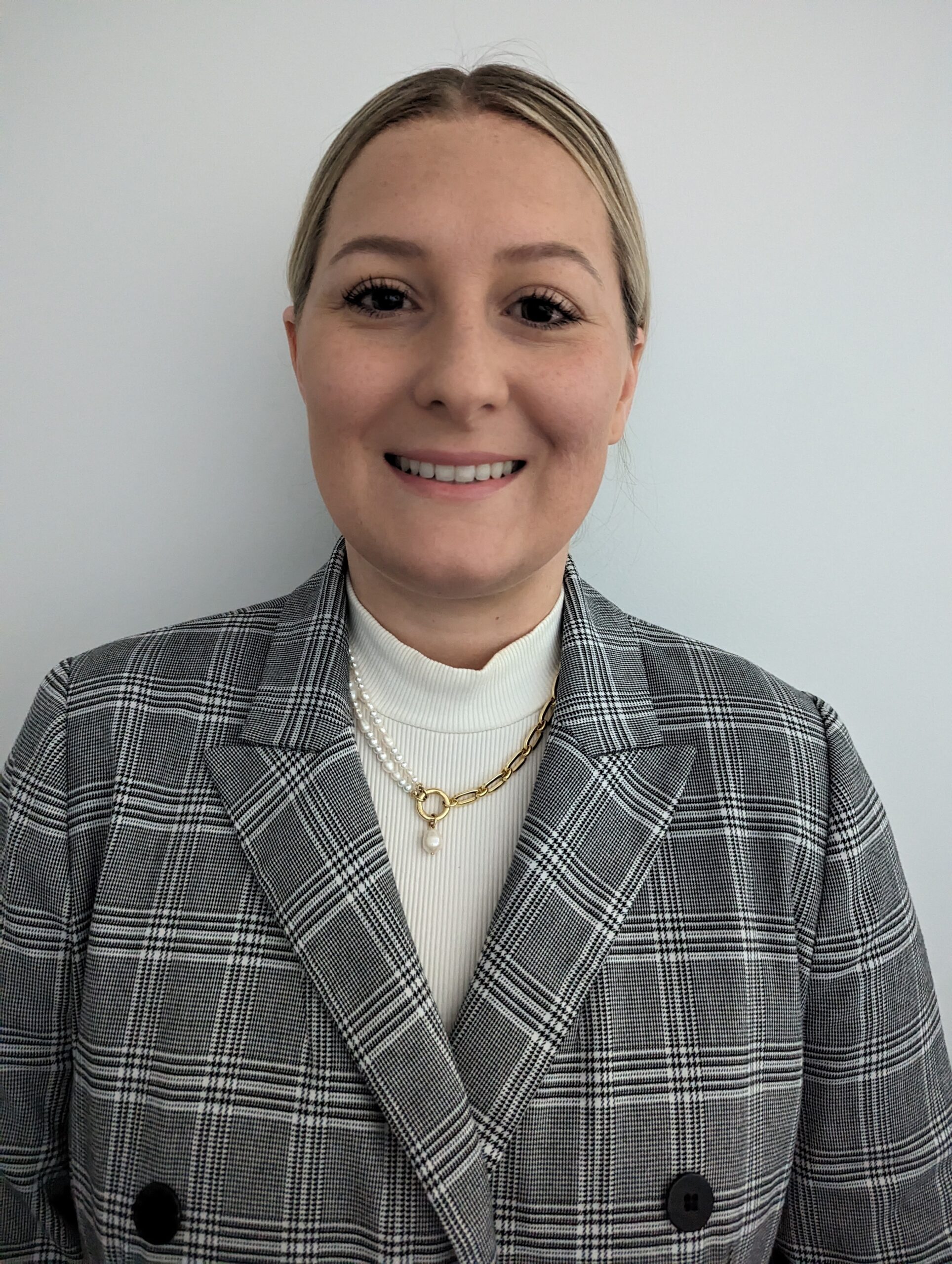
Every day, our educators work tirelessly to create a safe and stimulating environment where your children’s love of learning can thrive. They do this by recognising, nurturing and extending their unique interests and talents to capture those wonderful child-led learning opportunities.
You may have heard the term ‘child-led learning’, but many parents are unsure about what it really means. Our educators help children learn in ways that are an extension of their interests, talents and initiatives rather than telling them what activities they must do.
Alix Logan, Early Childhood Educator in the preschool and after-school care rooms at our Milestones Early Learning West Kinross centre, explains: “Child-led Learning is powerful - it recognises and reflects the interests of children even before they can fully express themselves verbally. We encourage curiosity and confidence by allowing the child to choose what they will learn instead of only following a set lesson plan.”
Our early childhood educators know your children learn best when they are interested and engaged and are so absorbed in something they enjoy that they don’t even realise they’re learning! This is so important in the early years to enable children to explore their own interests and talents during a time when they are developing so rapidly.
Here’s an example from Natasha Treasure, an Educator at Milestones Early Learning West Kinross, of how a little boy called Mason’s interest in volcanoes led to a science experiment:
"Mason was playing with a bottle of water in the sandpit and dug a shallow hole to stand his bottle in and began to pull the sand around it creating a mountain-like structure. When I asked what he was making, Mason explained that he wanted to make a volcano that could explode. After discussing how cool this would be and I could tell how interested he was, I told him that I knew how to make a volcano, and his eyes lit up! We got some vinegar and bi-carb soda and mixed them together in his volcano, and there were squeals of excitement as it bubbled up.”
Natasha continued. “The following week, Mason invited me to create THE BIGGEST MOUNTAIN EVER in the sandpit; this time, he wanted to create a tunnel through it. He discovered that the top of the mountain fell as he scooped the sand out from the middle and instead found a way to dig a hole to make his tunnel crumble without it.
Still a week later, Mason and I reminisced about how cool it was that time we made a volcano. He started coming up with more plans on how to upgrade that volcano and landed on an underground volcano. When I pointed out that we wouldn’t see the eruption, he was determined to show me his theory, so we grabbed the vinegar and headed back to the sandpit.”
Natasha explained how important it is to listen to children’s ideas and ensure their voices are heard. We encourage them to go further and think about ‘what might be’ instead of ‘what is’ to draw out more creative thinking and encourage them to delve deeper into that magical world that is a child’s imagination!
These experiences were shared with Mason’s family via the Storypark app, which is used in all Lifelong Learning Centres to ensure families are completely connected with our educators and their children at any time of the day. By sharing the interests children demonstrate at childcare, helps families continue to encourage them at home. That way, parents join in the child-led learning journey as well!

